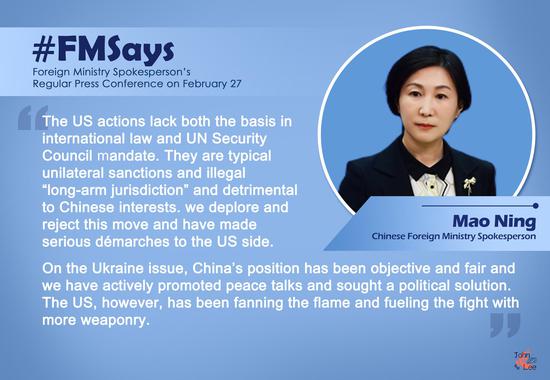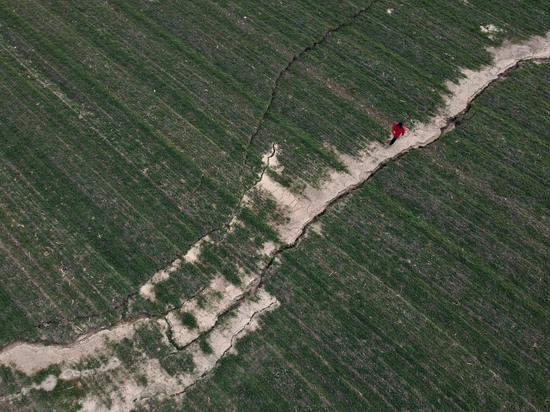Jewels in the crown
The core area of Beijing's Central Axis consists of 15 key sites, the majority of them built in the Ming Dynasty (1368-1644).
1. Bell Tower and Drum Tower
Standing at the northern end of the Central Axis, the two ancient buildings offered time services in ancient China.
2. Wanning Bridge
The single-arch stone bridge was built during the Yuan Dynasty (1271-1368). Located at the junction of the city's Central Axis and the Beijing-Hangzhou Grand Canal, it was a transportation hub then and also served as a monitoring site for water data.
3. Jingshan Park
The park based around Jingshan Mountain used to serve as an imperial garden. Once the highest point at the heart of the old city, it provides a panoramic view of the capital and remains a popular destination for sightseeing and photography.
4. Forbidden City
A complex of royal palaces during the Ming and Qing (1644-1911) dynasties, the Forbidden City, of today's Palace Museum was included in the list of UNESCO World Heritage Sites in 1987.
5. Duanmen Gate
As one of the front gates of the Forbidden City, the Duanmen Gate was where royal guards of honor kept their ritual items for emperors' tours.
6. Tian'anmen Gate
Incorporated into China's national emblem design, the building is one of the country's iconic landmarks.
7. Outer Jinshui Bridge
A group of white marble bridges in front of Tian'anmen Gate provided a passage for ancient officials entering the Forbidden City.
8. Tian'anmen Square and its buildings
Tian'anmen Square is a prime site to hold pomp and circumstance events of national significance. Its surrounding buildings include the Monument to the People's Heroes, Chairman Mao Memorial Hall, the National Museum of China and Great Hall of the People, all built in contemporary China.
9. Zhengyang Gate
One of the nine major city gates of old Beijing, the preserved building houses an exhibition center of local folk customs. It is also where Beijing swifts like to stay from April to July annually.
10. Road remains in the southern section
Some 100 meters to the north of Yongding Gate, this road was used as a royal route via which emperors went to southern Beijing for worship ceremonies.
11. Yongding Gate
Located in the southern end of the axis, it features the typical architecture of old Beijing.
12. Altar of the Land and Grain
It was a site used for worshipping the gods of earth and grains by emperors during the Ming and Qing dynasties. In 1988, it was listed as a key national cultural heritage site.
13. Imperial Ancestral Temple
It served as the site where ancient Chinese emperors held memorial ceremonies to their ancestors and was repurposed for the Beijing Working People's Cultural Palace in 1950.
14. Temple of Agriculture
The place where rituals of imperial sacrifice to gods of agriculture were conducted during the Ming and Qing dynasties.
15. Temple of Heaven
A UNESCO World Heritage Site, this was where emperors worshipped and prayed for a good harvest.


















































 京公网安备 11010202009201号
京公网安备 11010202009201号